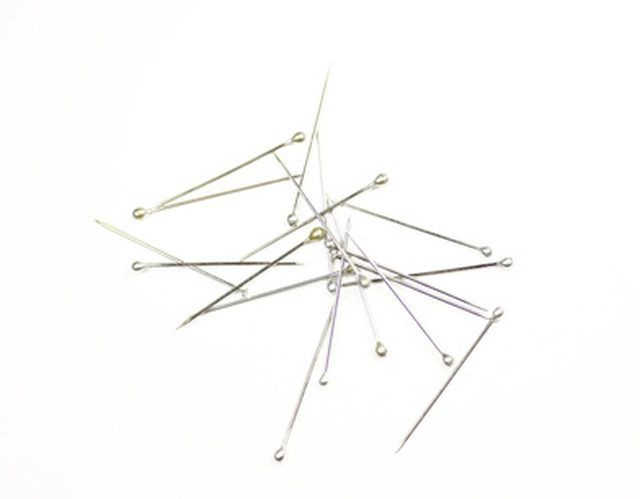Bulbs
Flower Basics
Flower Beds & Specialty Gardens
Flower Garden
Garden Furniture
Garden Gnomes
Garden Seeds
Garden Sheds
Garden Statues
Garden Tools & Supplies
Gardening Basics
Green & Organic
Groundcovers & Vines
Growing Annuals
Growing Basil
Growing Beans
Growing Berries
Growing Blueberries
Growing Cactus
Growing Corn
Growing Cotton
Growing Edibles
Growing Flowers
Growing Garlic
Growing Grapes
Growing Grass
Growing Herbs
Growing Jasmine
Growing Mint
Growing Mushrooms
Orchids
Growing Peanuts
Growing Perennials
Growing Plants
Growing Rosemary
Growing Roses
Growing Strawberries
Growing Sunflowers
Growing Thyme
Growing Tomatoes
Growing Tulips
Growing Vegetables
Herb Basics
Herb Garden
Indoor Growing
Landscaping Basics
Landscaping Patios
Landscaping Plants
Landscaping Shrubs
Landscaping Trees
Landscaping Walks & Pathways
Lawn Basics
Lawn Maintenance
Lawn Mowers
Lawn Ornaments
Lawn Planting
Lawn Tools
Outdoor Growing
Overall Landscape Planning
Pests, Weeds & Problems
Plant Basics
Rock Garden
Rose Garden
Shrubs
Soil
Specialty Gardens
Trees
Vegetable Garden
Yard Maintenance
Little Red Clover Mites
Little Red Clover Mites. Red clover mites are very tiny arachnids, in the same family as a spider or tick, with a red or reddish-brown body. They appear as little red specks and are commonly found on many kinds of green, leafy plants, and on house siding, doors, windows, furniture or curtains. They are not harmful to humans, but if accidentally...

Red clover mites are very tiny arachnids, in the same family as a spider or tick, with a red or reddish-brown body. They appear as little red specks and are commonly found on many kinds of green, leafy plants, and on house siding, doors, windows, furniture or curtains. They are not harmful to humans, but if accidentally crushed they will cause a reddish stain from the dispersion of their pigment. Clover mites are commonly found in large numbers throughout North and South America, Europe, Asia and Australia.
Life History
Red clover mites are most active in moderate temperatures and tend to produce two generations of mites in most of the climates throughout the United States. The mites lay eggs under tree barks, in the cracks of home foundations or walls. The eggs laid in the spring hatch in the fall and the immature mites begin to feed on the sap from plants. These mites then lay eggs over the winter months, which hatch in the spring.
Outdoor Habits
Red clover mites feed mostly on clover and grasses, and can be especially numerous on lawns that have been heavily fertilized. The mites can do minor damage to turf grasses, feeding on the sap of the grasses, turning the grass a silvery color and slowing down plant growth. Only when the clover mites' populations are high do they tend to cause permanent damage to plants and grasses, leaving light brown patches on the normally green leaves or blades. The mites are most active outdoors in the spring and fall.
Indoor Habits
Clover mites can be found in the home as they look for shelter from the changing weather in the late fall. They enter the house through small cracks in the doors and windows, and crawl their way onto walls, curtains, furniture or carpet. Although the mites do not bite people or carry disease, they can be a nuisance as they tend to migrate in large numbers and when crushed can leave a red stain on light-colored surfaces.
Prevention
Keeping red clover mites from entering the home is generally an easier task than controlling an already existing infestation. One way to help keep mites outdoors is by removing plants that grow directly next to a home's siding or windows. The mites feed on these plants and have easy access inside if the plants are very close. Consider moving the plants at least 2 feet from the home and placing a layer of pea gravel between the plants and the home's exterior. It is also recommended to caulk any cracks or splits in window sills, doors or siding, and then to spay both the barrier gravel and the foundation with an insecticide.
Control
If clover mites are already in the home, one of the best control methods is to use a vacuum to suck them off the surfaces of walls, drapes or furniture This helps to prevent the mites from being crushed and staining the surface with their pigmentation. Mites in the home can also be sprayed with a proper indoor insecticide, but there must be direct contact for this to work. Once indoors, however, clover mites will only be able to survive a couple days and will die of dehydration.